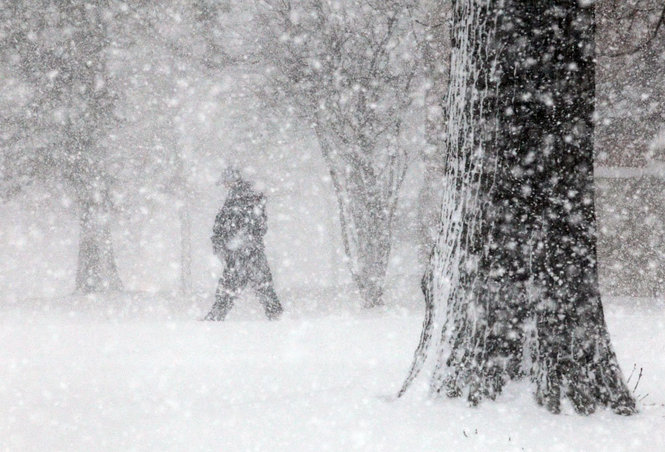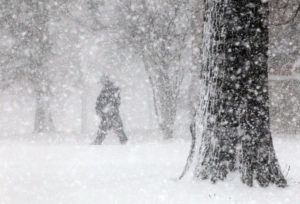
Governor Urges New Yorkers to Prepare for Possibility of Significant Snowfall on Sunday
Storm System Could Potentially Bring Up to 12 Inches of Snow to Portions of the State
Storm Will Impact Monday Morning Commute; Drivers Urged to Use Caution
Governor Andrew M. Cuomo urges New Yorkers to prepare for the possibility of significant snowfall as a widespread weather system is expected to affect the state on Sunday night through Monday morning. This system could create difficult driving conditions for the Monday morning commute and New Yorkers should use caution while traveling.
“With Mother Nature showing no sign of slowing down this winter, many regions of the state are once again expecting significant snowfall Sunday night that has the potential to impact the Monday morning commute,” Governor Cuomo said. “I urge New Yorkers to keep an eye on their local forecasts and to stay off the roads through the duration of the storm unless absolutely necessary to ensure a fast and safe cleanup effort in the impacted regions.”
On Sunday, the storm is traveling up the east coast and will enter the state from the south and will track southwest to northeast as it moves through the state. Meteorologists are currently watching two potential tracks for this system. At this time, and subject to change, the system will be primarily a rain or rain and snow mix event for Downstate and coastal areas and mostly snow over the Mid-Hudson Region. Further Upstate, the track will also affect snowfall totals. If the storm tracks south, the heaviest accumulation of snow will be along and east of I-81 and along and south of I-90. If the storm tracks north, Western New York and the Southern Tier would experience the heaviest snowfall.
Snow accumulations of 1 to 3 inches are possible in the Finger Lakes, North Country, and Western New York Regions, 2 to 5 inches of snow is expected in the Central, Long Island, Mohawk Valley and Southern Tier Regions, and 3 to 12 inches of snow is possible in the Capital, Mid-Hudson and New York City Regions throughout the duration of the storm.
New Yorkers should continue to pay close attention to their local weather reports throughout the weekend. For a complete listing of weather watches, warnings, advisories and latest forecasts, visit the National Weather Service website.
Safe travel
Some of the most important tips for safe driving include:
- When winter storms strike, do not drive unless necessary.
- Use caution on bridges as ice can form quicker than on roads.
- Wet leaves on roadways can cause slippery conditions, making it is important to drive at slower speeds when approaching patches of them.
- If you must travel, make sure your car is stocked with survival gear like blankets, a shovel, flashlight and extra batteries, extra warm clothing, set of tire chains, battery booster cables, quick energy foods and brightly colored cloth to use as a distress flag.
- If you have a cell phone or other communications device such as a two-way radio available for your use, keep the battery charged and keep it with you whenever traveling. If you should become stranded, you will be able to call for help, advising rescuers of your location.
The leading cause of death and injuries during winter storms is transportation accidents. Before getting behind the wheel, make sure that your vehicle is clear of ice and snow; good vision is key to good driving. Plan your stops and keep more distance between cars. Be extra alert and remember that snowdrifts can hide smaller children. Always match your speed to the road and weather conditions.
It is important for motorists on all roads to note that snowplows travel at speeds up to 35 m.p.h., which in many cases is lower than the posted speed limit, to ensure that salt being dispersed stays in the driving lanes and does not scatter off the roadways. Oftentimes on interstate highways, snowplows will operate side by side, as this is the most efficient and safe way to clear several lanes at one time.
Motorists and pedestrians should also keep in mind that snowplow drivers have limited lines of sight, and the size and weight of snowplows can make it very difficult to maneuver and stop quickly. Snow blowing from behind the plow can severely reduce visibility or cause whiteout conditions. Motorists should not attempt to pass snowplows or follow too closely. The safest place for motorists to drive is well behind the snowplows where the roadway is clear and salted.

